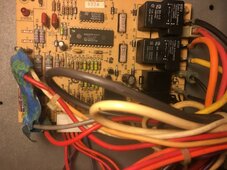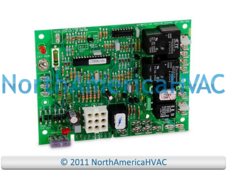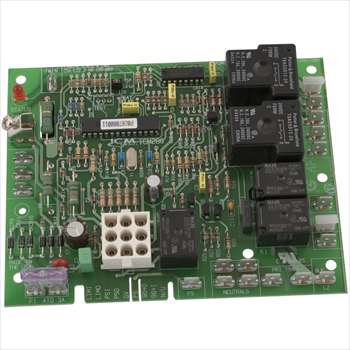"Made in the same factory", i.e. Contract Manufacturing, is quite big in the industry.
I spent years at Flextronics, and OEMs like HP and Ericsson who used to have their own PCB assembly houses, wafer fabs, etc. outsourced a great deal. Flextronics grew from $40M at the time they acquired a start-up where I worked to $20B, largely by acquiring factories from OEMs, also building out factories in China. Domestic and European production was transferred to China for cost reduction. Solectron used to be the industry leader, Flex passed them while they were declining, then acquired them to become a $30B manufacturer. Somewhere along the line, a little company Foxconn passed Flex to hit $40B.
Today of course a great many top names are made with premium quality by contract manufacturers, e.g. Apple.
There is good/bad/ugly and various shenanigans which go on. Sometimes playing out publicly, probably mostly behind the scenes.
When I buy a furnace, do I want to tweak it over and over again and ask for firmware updates? Or do I want to install the air filter, turn it on the furnace and forget about it. Plus this secret parameter stuff is crazy.
I'm maintaining the furnace that came with my house when I bought it (used) 24 years ago.
Had trouble with the flame sensor. I've replaced control board once (2nd hand). Recently tried washing it in IPA (rubbing alcohol, not beer) and it worked again briefly.
I've since bought a new replacement, just installed it with a couple adapters for spade terminal size and gender. Working for now, hopefully problem solved. This lets me burn gas instead of electricity; I just blew through my NEM surplus a month ago.
Note the low tech, microcontroller, relays. None of this "AI powered" prediction of what sort of comfort I'm going to desire. Fine if that is offered in a thermostat, 3 wire analog connection, easy to swap. I do NOT want internet connection required so I can set it by iPhone or something. Just a pushbutton programmable thermostat.


It replaces the part numbers listed below. Replaces Old Part #s Repair Difficulty Level.
www.ebay.com
Learn more about ICM280 from ICM Controls. ISO Certified manufacturer.

www.icmcontrols.com
Inverters? I just unboxed and configured a Sunny Island built in 2007, no need for firmware update (unless I want closed-loop lithium, and yes the latest model firmware runs on earliest model as well.)






